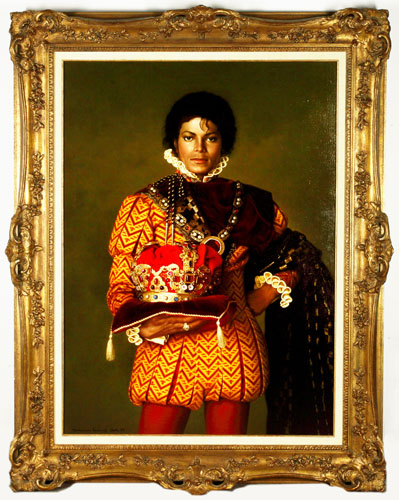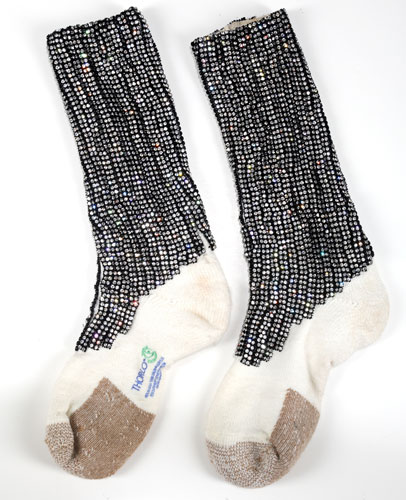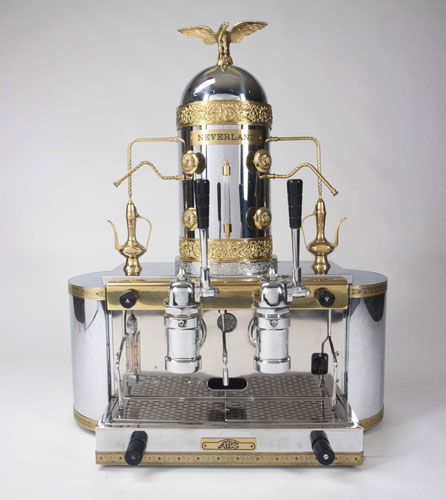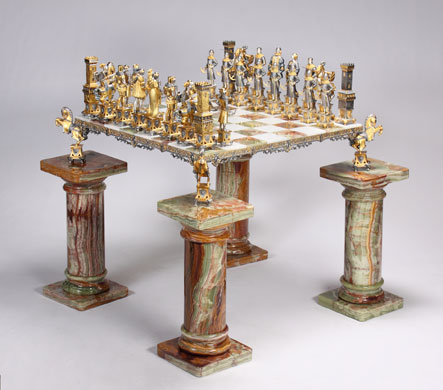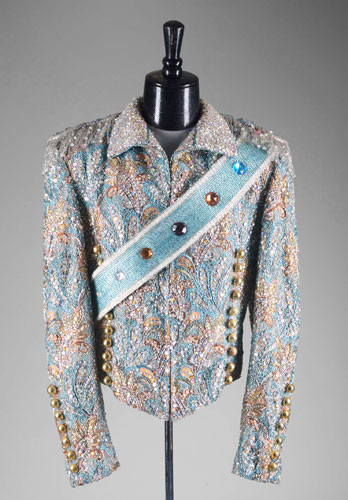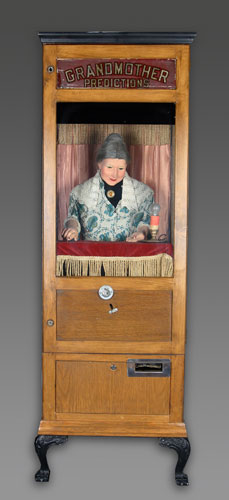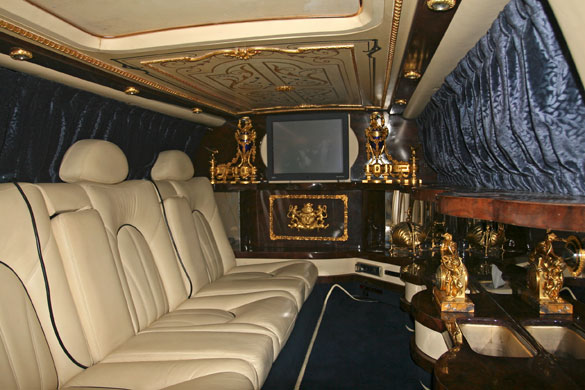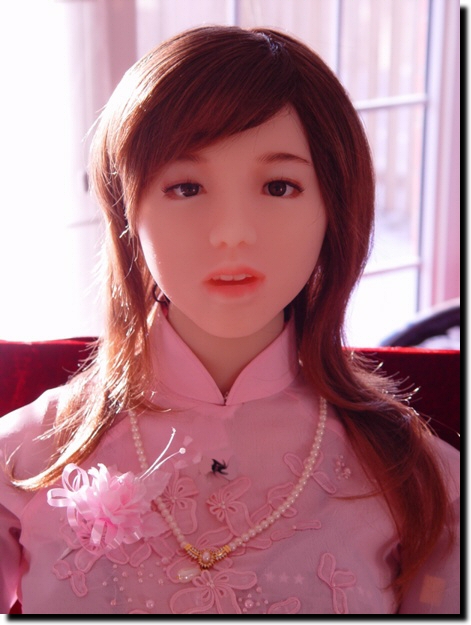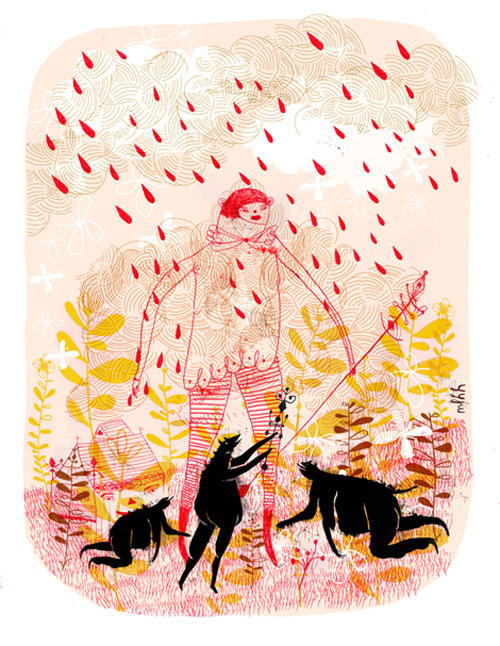from vice magazine in 2003.
In 1922 Benito Mussolini discovered something incredible: He was better than every living being in the universe. Wearing a simple suit and tie like those freedom-loving pussies wasn’t going to cut it. He needed an outfit––an amazing outfit that showed the world exactly how amazing he was. And it worked. Soon everyone from Hitler to Jean-Bédel Bokassa was at the sewing machine coming up with superhero costumes that would show the world how powerful they were. For some reason the Eastern Europeans and Africans really went for it like fucking crazy. Maybe it’s because those dictators were way, WAY, way better than everyone and had to really get the point across. The important thing is, they all looked great.

BENITO MUSSOLINI
(Italy, 1922–1943)
The originators of Fascist fashion, Benito Mussolini’s “Black Shirt” combat squads took their name from the uniforms they used to wear when killing everybody in post-WWI Italy. Mussolini, whose political ideology was fervently anti-individualistic, intended the Black Shirts to reflect his followers’ uniformity (Hitler would later nick the idea for his “Brown Shirts.” Oh, and by the way, I didn’t get into how good the Nazis looked because that already got James Brown fired from GQ and I need this gig). Once he gained power, Mussolini established Fascist youth groups for girls, whose members did their thing in a beret, white shirt, and black skirt ensemble.
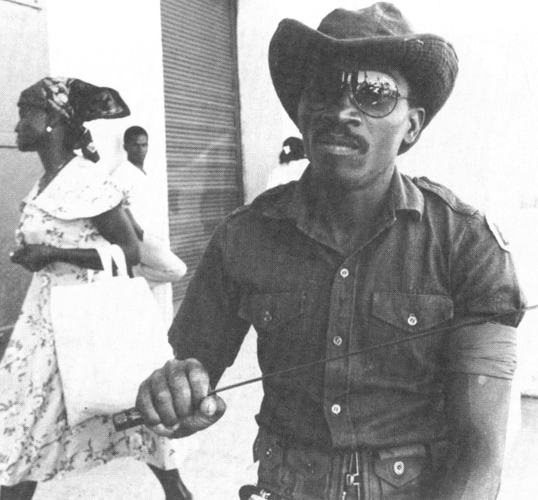
FRANÇOIS “PAPA DOC” DUVALIER
(Haiti, 1957–71)
Obsessed with voodoo, Papa Doc based his personal style on the uniform of the Gede, the mythical guardians of the cemetery and “lords of the erotic.” His signature look was black-and-purple top hat and tails accompanied by tons of accessories, including mirrored shades, crosses, skulls, and marigolds.
His unofficial death-squad, the Tontons Macoutes, were rumored by natives to be actual zombies and wore denim uniforms with so many red neckerchiefs and sunglasses that they looked like some kind of gay Mardi Gras version of the Bloods.
Papa Doc claimed that he was immortal and he would rule Haiti forever, promising to return after his death to rule again. He was buried in full voodoo-priest regalia, and a permanent guard was placed outside his tomb that remains there today.

MOBUTU SESE SEKO
(Zaire, now the Democratic Republic Of Congo, 1964–1996)
The original “sapeur” dictator (see v10n2), Mobutu was almost as well known for his Parisian-made leopard-skin hat and penchant for French dandy fashion as he was for the time he rounded up every criminal in the country and slaughtered them underneath the boxing ring that he built for the Ali-Foreman Rumble in the Jungle in 1974.
For Mobutu, fashion was always more important than anything, and despite having to starve his country in order to gorge his appetite for Gucci suits and limited-edition Ray-Bans, he had no shame in instituting laws like the one forcing all men to abstain from wearing collars and go with the “abacost” (a collarless jacket worn with a cravat).

JEAN-BÉDEL BOKASSA
(Central African Republic, 1966–1979)
Bokassa the Bloodthirsty crowned himself Emperor of the Central African Republic in 1977 with a $20 million coronation ceremony. After turning heads with his diamond-encrusted crown, flowing cape, and giant phallic staff, Bokassa would nod to his subjects and take a seat in the most enormous solid-gold peacock-shaped throne you could conceive of.
In April 1979, the country’s schoolchildren took to the streets after he passed a law requiring them to wear uniforms made by one of his own clothing companies. After murdering hundreds of the rioting schoolkids, he saved a few dozen of the more tender ones and ate them. Ooooooh kaaaye.
Eating children was bad for his career, and after being ousted from power and serving seven years in prison for cannibalism, Bokassa proclaimed himself the thirteenth apostle of the Roman Catholic Church and traded in his regal flesh-eating getup for flowing white robes and a silver crucifix.

IDI AMIN
(Uganda, 1971–1979)
Widely acknowledged as one of Biggie’s top fashion influences, Dada Noir’s shiny, medal-laden, tailored uniforms were polished hourly by teams of topless Ugandan beauties, personally selected by big poppa from the streets and brought to his lavish palace to tend to his every need. As well as putting 500,000 of his own people to death, Idi also banned them from wearing flip-flops and once rounded up hundreds of flip-flop wearers in the streets and forced them to either eat their footwear in front of him or be shot to death by his death squad. Oh, if only Idi were here in Williamsburg today.

AUGUSTO PINOCHET
(Chile, 1973–1990)
With a love of Saville Row suits that nearly matched his enthusiasm for inventing new and exciting ways of torturing and killing his own people, Augusto was most at home in his trademark white military uniforms. His buddy Margaret Thatcher, whom he helped during the Falkland Islands War of the 1980s, would often send him gifts of ties and scarves made by London’s finest tailors. Right now, he’s forced to wear hospital robes and casuals as he hides from international law inside different hospitals across the world.

ROBERT MUGABE
(Zimbawbe, 1980–present)
Like most dancehall singers, Mugabe hates homos. He stands there in gaudily colored, silky Versace shirts and pants, telling the media, “They’re worse than dogs and pigs,” like we can’t see that he’s wearing gaudily colored, silky Versace shirts and pants.
From the short, square moustache to the race-based genocide, Mugabe seems to see Hitler as his most important style influence. He uses spears and axes to give an earthy Nubian sensibility to the very European thick oversized glasses and tailored pinstripe suits he wears while rigging elections and slaughtering white farmers, their wives, and their children.

MIRA MILOSEVIC
(Yugoslavia, 1990–2000)
While her husband looks like the uncle you never like to see at Christmas, Mira is the true fashion iconoclast in the family. Widely regarded as the brains behind the Milosevic regime, the “Lady Macbeth of the Balkans” looks every inch the glamorous gangster’s moll.
Her classic look consists of a pair of ill-fitting Christian Dior specs, a touch of pale pink lipstick, platform shoes, and of course her helmet of carefully tended dyed black hair. Her favorite hairdresser—who was once given a $365,000 tip—also created her son Marko’s ill-judged peroxide look in the mid-1990s because Marko wanted to look like Montreal’s favorite race car driver, Jacques Villeneuve.
Unfortunately, after her husband’s arrest on war crime charges, reporters found that Mira’s whole look had gone to shit. She was at home, drugged up on pills, wearing a boring gray overcoat, and staring disconsolately at a plate of hot dogs.

SAPARMURAT NIYAZOV
(Turkmenistan, 1991–present)
While his personal dress code is not that interesting, this dictator has made sure that everyone else’s is. (He also made sure there were only eight months in a year so that January could be named after himself and April could be named after his mother.)
As part of an official campaign to further awareness of national identity, all schoolchildren and students in Turkmenistan are required to wear the Turkmen national headdress. Girls are forbidden to wear miniskirts, dresses with high splits, or trousers, but the dictator himself can still dress like Carson Daly.

KIM JONG IL
(North Korea, 1994–present)
Whether it’s geopolitics or fashion, North Korean despot/playboy Kim Jong Il likes nothing more than to be the center of attention. As that crazy gook midget said in 2001: “Throughout the entire world, I’m the object of criticism. But I see it this way: If I’m being talked about, then I’m on the right track.” A quip he stole from the irreverent Oscar Wilde.
Only 5’ 1” small, Kim was an avid tennis player in his youth, and now swims every day in order to get rid of his unfashionable beer belly. He also wears platform shoes and a weird frizzy perm in order to look more like an aged lesbian art dealer.



